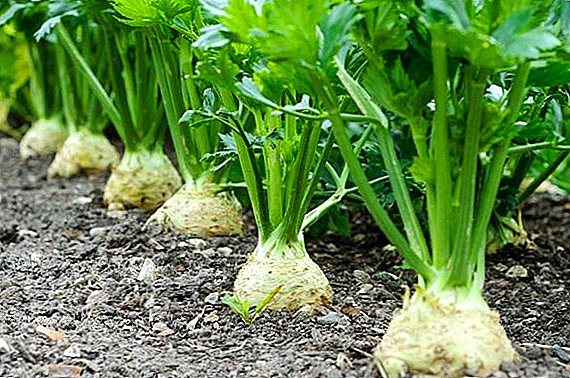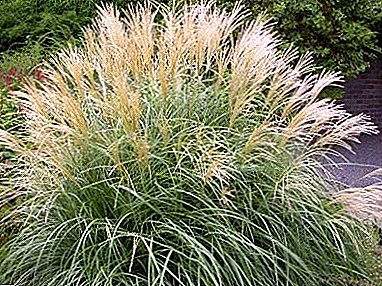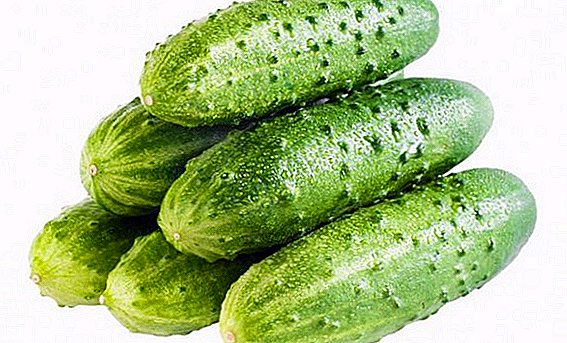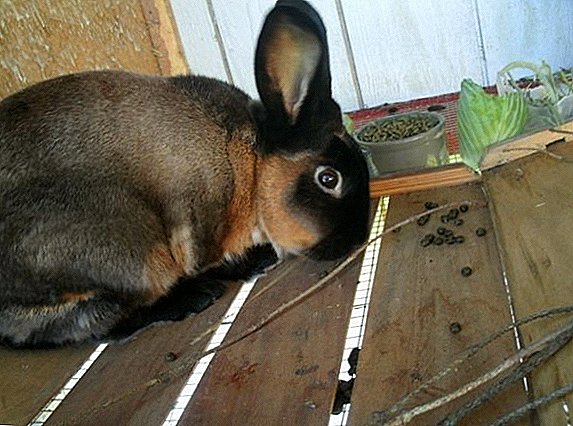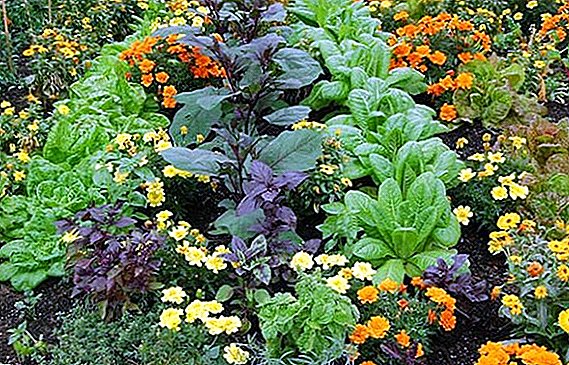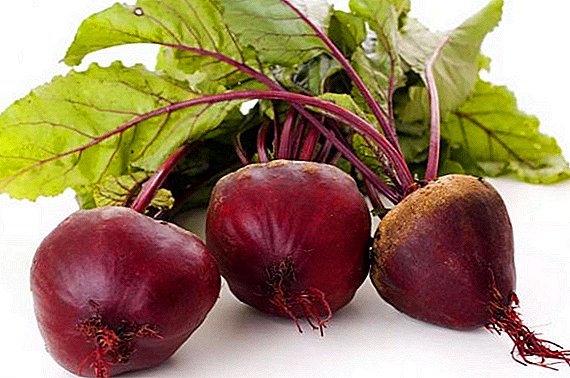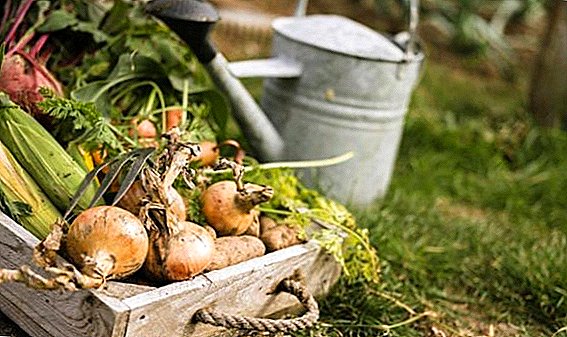 It is no secret that onion irrigation options differ, depending on the purpose for which the crop was planted. It is for this reason that in this article we will discuss not only the standard rules for irrigating onions in the open field, but also some of the subtleties associated with the variability of weather and temperature fluctuations.
It is no secret that onion irrigation options differ, depending on the purpose for which the crop was planted. It is for this reason that in this article we will discuss not only the standard rules for irrigating onions in the open field, but also some of the subtleties associated with the variability of weather and temperature fluctuations.
When to start watering?
Let's start with a little background, which will help you to further vary the irrigation, depending on the time of planting and climatic conditions.
Did you know? In the genus Luk more than 900 species that grow naturally in the Northern Hemisphere. Representatives of the genus grow in the steppe, in the meadows, in the forests.
The fact is that wild onions in nature grows according to special rules. In the climate of Central Asia is a very dry summer, so the culture that wakes up from the spring rains has time to increase the minimum green mass, and then falls into a "hibernation", which ends with the arrival of the winter rains.  Based on the above, we can conclude that the lack of moisture in the soil is perceived by the culture as a signal to stop the growth of new leaves and the accumulation of necessary substances in the bulb, which will allow to wait out adverse conditions.
Based on the above, we can conclude that the lack of moisture in the soil is perceived by the culture as a signal to stop the growth of new leaves and the accumulation of necessary substances in the bulb, which will allow to wait out adverse conditions.
Now let's talk about how to water the onions after planting in the spring. Water the onions in spring you need both directly after planting, and in the process of rooting and further growth. The soil should always be wet, but not waterlogged, so you need to coordinate irrigation with rain and drainage properties of the soil.
Learn how to grow different types of onions at your site: slizun, leek, decorative (allium, dzhusay).
Consider landing for the winter.
In this case, we do not need rapid growth, as the frosts in a moment will destroy the whole green mass, and the bulb itself will get frostbite and die. Therefore, when planting in late autumn, it should be immersed in dry soil. Any watering is prohibited.
Important! Do not be afraid of rare rains in late autumn. They will not be enough to awaken the bow.
As for the question of whether it is necessary to water onions on the sevines after planting, there are no additional subtleties, the planting is also carried out in moist soil, after which the culture is watered. 
Watering features
Next, let's talk about how exactly and in what quantity you need to pour water in order to get good bulbs without rot and damage. We will discuss some mistakes novice gardeners.
Read also about the cultivation and beneficial properties of chives.
At the beginning of growth
At the beginning of growth, as mentioned above, the culture needs a lot of moisture, but the moisture should be "special."
Watering is desirable warm water, which before it is a little more defended. On warm days, it is enough to tap water in a large basin or vat so that it warms up in the sun for a couple of hours and the existing sediment sinks to the bottom.
Next, we will answer the question of how often to water the onions in the open field. It all depends on the weather. If there is no rain for weeks, and the culture receives moisture only from your irrigation, then you need to pour in water at least 2 times a week. On average, about 10 liters are used per square meter.
Important! Moisture in the space between the leaves can lead to rotting of the bulb.
But if it rains several times a week, then the process becomes slightly more complicated. The fact is that a light rain can only slightly wet the top layer of the soil, and the roots will remain without moisture. For this reason, we need to check the soil for moisture as follows: take a flat stick or an iron bar / wire, measure 10 cm on it and stick it in the soil next to the onion. Next, take out and look. If at a depth of 7-10 cm the soil is stuck to our measuring "device", then additional watering is not required. If nothing sticks to the wire or stick, then it is better to conduct additional watering.  Now as for watering time. Everything should be done early in the morning or late in the evening, as drops of moisture trapped on the feathers can cause a burn.
Now as for watering time. Everything should be done early in the morning or late in the evening, as drops of moisture trapped on the feathers can cause a burn.
We advise you to read about planting and care, growing on a feather, varieties and the use of shallots.
Pay attention to the watering system. If you use a hose, filling the aisles with water, then make sure that the water pressure is insignificant, otherwise it will erode the ground and strip the bulbs. After such irrigation, the crop will start to rot, or be affected by pests. You can use a watering can or drip irrigation. The second option would be best in the case of irrigation of large areas.
Let's talk a few words about how water the bow on the feather.
In principle, there are no differences, since the bow in the period of gaining the green mass, first of all, requires moisture. It is enough to water the culture with warm clear water and monitor the soil moisture. Every week, along with water, a complex of mineral fertilizers (nitrogen, phosphorus, potassium) is introduced and the height of feathers is monitored. As soon as they reach 30-40 cm - cut.
To enrich the usual diet with nutrients and decorate dishes at any time is simple: grow green onions on the windowsill.
When ripe
When ripe, the amount of moisture gradually needs to be reduced, otherwise the shelf life and taste will deteriorate. For this reason, 2 months after planting, the intensity of irrigation decreases, depending on the variety planted.
If you are sure that the onion has gained the maximum mass, then start preparing it for harvesting. You can determine ripened onions by lying down thick feathers.  As for the harvest of green onions, it continues to be watered until the harvest. In only a few days, watering is stopped so that the feathers are not covered with mud.
As for the harvest of green onions, it continues to be watered until the harvest. In only a few days, watering is stopped so that the feathers are not covered with mud.
Read also about the cultivation and use of onion-batun.
Before harvesting
Behind a week before picking you need to stop any irrigation. Of course, you can’t influence the weather in any way, so reconcile the time of collection with the “predictions” of weather forecasters. The crop must be removed from dry land, otherwise the drying process will be protracted, and the onions themselves will be stored worse in the future.
It is worth paying attention to the fact that the onions do not ripen at the same time, so if you are going to harvest the entire crop in a day, you will need to sort the products and put onions those that have not fully ripened. It is also important to remove damaged or rotted onions, otherwise similar instances will spoil a good part of all products. 
How and why to water the onion with saline
In conclusion, let's talk about what will give us watering with a saline solution.
It is necessary to water the onion with salt water in order to rid it of the pest that causes the yellow spots on the leaves - the onion fly. This pest eats onion roots, thereby reducing the possible area of absorption of moisture and nutrients. As a result, the culture dries even with excessive watering.
Important! Salt solution does not affect the taste and speed of aging of the bulbs.
Watering with salt water is carried out 3 times. The first - when the feathers reach a length of 5-7 cm. The second and third - every 10 days.
It should be understood that for watering you can use only a watering can or drip irrigation, for which a special reservoir is used. It is impossible to pour salt on the ground and pour water on top.
For each "salt" irrigation prepare the solution. Per liter of water we take 30 g of salt during the first irrigation, 40 g during the second, and 60 g during the third.
Do not throw away the onion peel - it can serve as a top dressing for garden and garden crops, indoor plants.
 After each addition of saline solution, it is necessary to shed the beds with ordinary warm water. It is important to understand that if the onion is not covered with white spots, it is enough to spend 3 irrigation, keeping the dose of salt in 30 g
After each addition of saline solution, it is necessary to shed the beds with ordinary warm water. It is important to understand that if the onion is not covered with white spots, it is enough to spend 3 irrigation, keeping the dose of salt in 30 g
Many gardeners do not use this method for the reason that the site can turn into a saline. Of course, if you have been planting onions in one place for years and watering it with saline, then this is possible, but if you alternate crops, then such slight salinity will not affect the yield.
Did you know? AT America bow fell through the expedition of Christopher Columbus, he was first planted on the island of Isabella, and then spread throughout the mainland.
This concludes the discussion on the topic of watering onions. First of all, watch the weather and weather forecasts, so as not to turn the site into a swamp, or vice versa - to prevent the occurrence of cracks in the ground. Try to monitor not only moisture, but also weeds and various pests that can spoil the crop more than over-wetting the soil.


